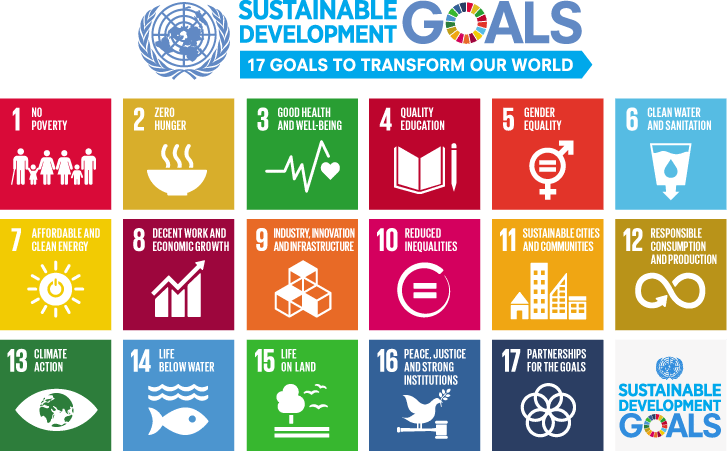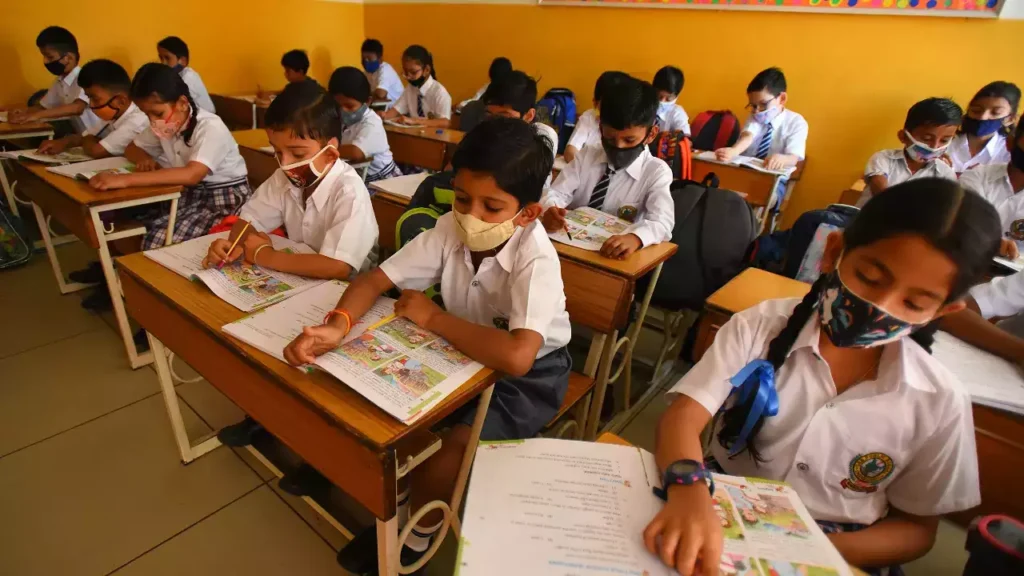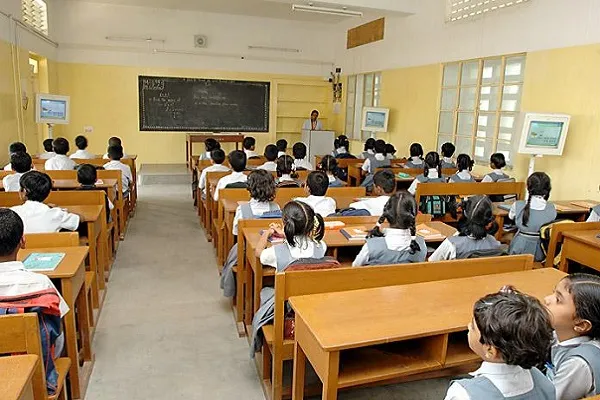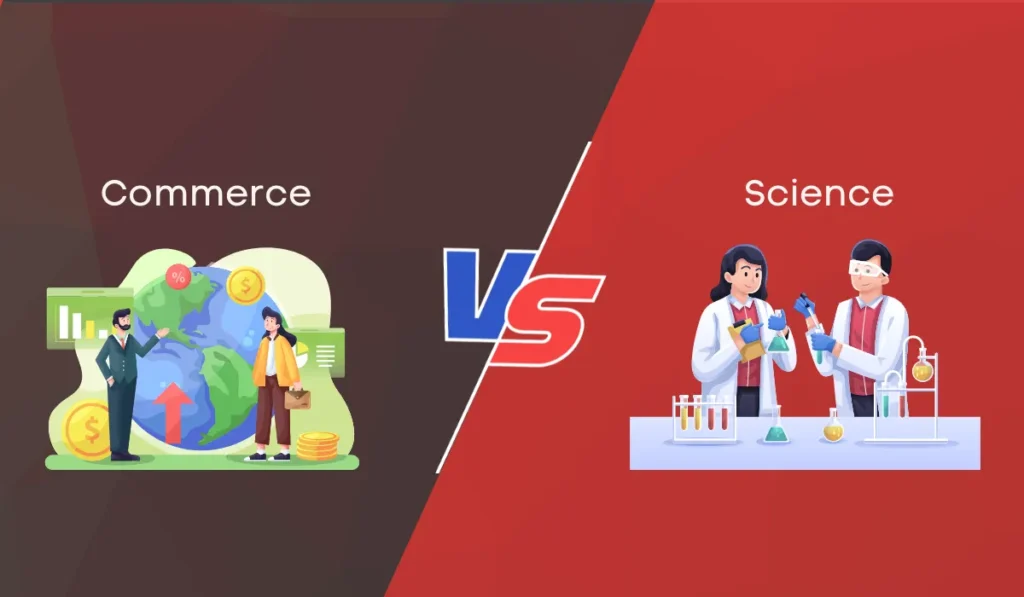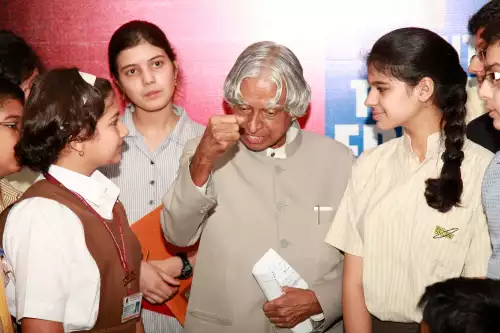Artificial Intelligence (AI) refers to the development of computer systems that can perform tasks that would typically require human intelligence, such as recognizing speech, making decisions, and solving problems. AI has the potential to revolutionize many industries, from healthcare to finance to transportation, by enabling machines to perform tasks that would otherwise require human intervention.
There are several different types of AI, each with its own unique capabilities and applications. Some of the most common types of AI include:
- Machine Learning: This is a type of AI that enables computers to learn from data without being explicitly programmed. Machine learning algorithms analyze data and use the patterns they find to make predictions or decisions.
- Natural Language Processing (NLP): NLP is a type of AI that enables computers to understand and process human language. This can include tasks like sentiment analysis, language translation, and text-to-speech conversion.
- Robotics: This type of AI involves the development of robots that can perform tasks that would typically require human intervention, such as assembling products in a factory or assisting with surgeries.
- Computer Vision: This type of AI involves the development of computer systems that can understand and analyze images and videos. This can include tasks like object recognition, face recognition, and image classification.
There are many potential benefits of AI, including increased efficiency, improved decision-making, and the ability to process large amounts of data in real time. However, there are also concerns about the potential impact of AI on jobs and the ethics of using AI for certain applications, such as autonomous weapons.
Despite these challenges, AI continues to advance rapidly, and its impact on society is only expected to grow in the coming years. Governments, businesses, and academic institutions around the world are investing heavily in AI research and development, and the potential applications for AI are virtually limitless.
In conclusion, Artificial Intelligence is a rapidly advancing field that has the potential to revolutionize many industries and have a profound impact on society. While there are concerns about the potential impact of AI, there is also great excitement about the opportunities it presents for solving complex problems, improving decision-making, and improving our lives in countless ways.







